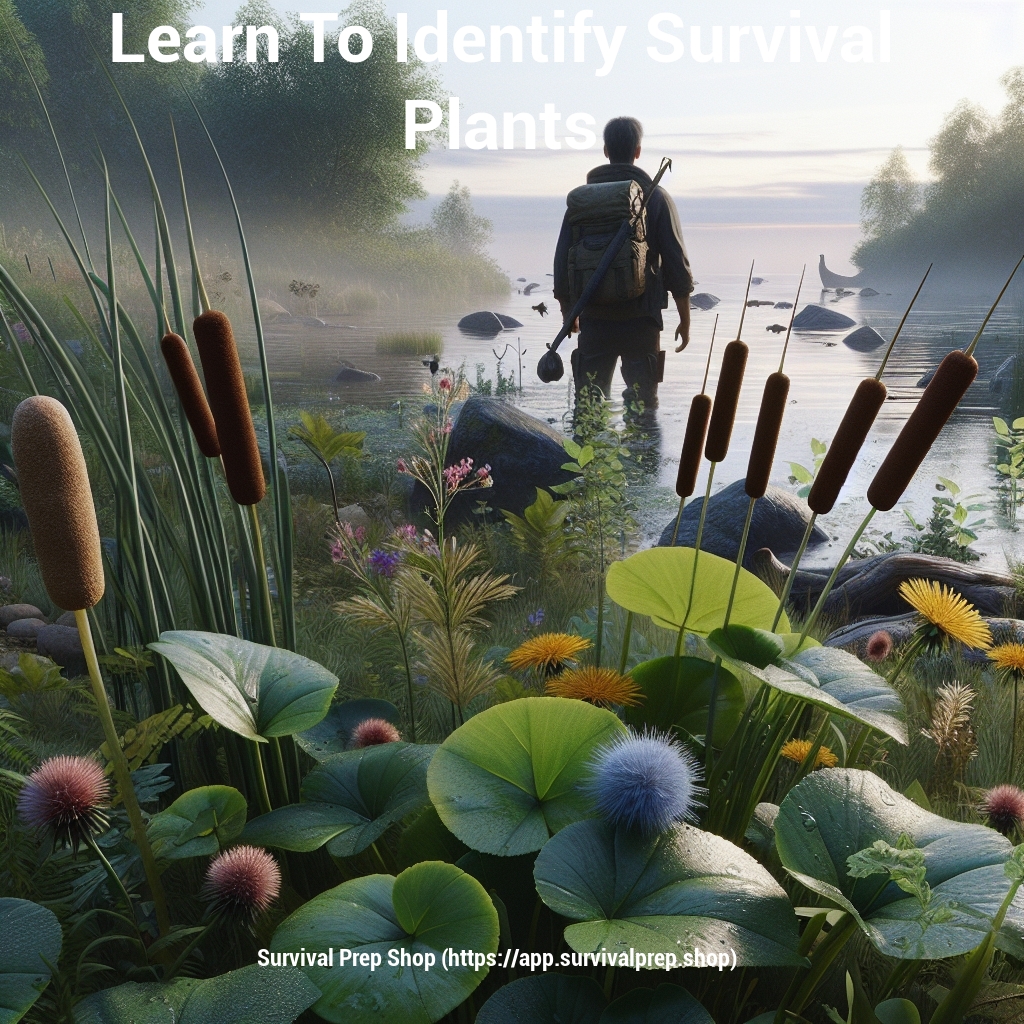
Hello everyone, and welcome to the Survival Prep Shop. I’m TK, your companion in the pursuit of survival knowledge. As we unpack today’s content, take it as a mix of my own adventures and learnings in the art of staying prepared. Sailing through a survival situation is tough. It is no surprise that survivalists prepare to rule out unforeseen challenges. Stockpiling essentials and produce to munch on is a basic prep. However, awful circumstances can linger for days and months. You may not have ample food products stocked up to last your family for long. Little did you realize that foraging for edibles in the wild has a unique charm. There are countless plants that are truly edible. Strolling through the wild is no less thrilling than walking down the aisles in a fancy grocery store. Nature has you spoilt for choice. If you know how to identify an edible plant, plucking it out and preparing it is easier done than thought. Let’s look at a few good options. Easy to spot survival plants in the wild:
-
Amaranth – A native in the wild, amaranth is an edible weed. You can chow them down raw and make delicious salads out of the leaves. But, be careful of the small spikes that pop up at times. To be on the safer side, boil amaranth to get rid of the harmful nitrates and unwanted oxalic acid that may be thriving on the leaves.
-
Cattail – If you are fishing for a quick snack to munch on, cattails flourish in the wild. Cattails are particularly present around the wetlands. You can snack on the root and stock of the plant or boil it for consumption.
-
Chicory – This plant is an absolute winner. Roots, stems, leaves, or flowers, you can gobble down any part of the plant. Pop it in a boiling pot of a stew for a rich flavor or consume it raw, the choice is yours.
-
Dandelion – speaking of wholesome edible plants, dandelions certainly fall in the category. The flowers are not just incredible to see, they are brimming with nutritional value. Similar to chicory, all parts of the dandelion are edible.
-
Seaweeds – Not all forms of seaweeds are edible. But commonly spotted seaweeds can be gulped down. It is an algae but seaweeds are packed with nutrition. If you are running short on energy to forge through a hot sunny day, seaweeds work like energy bombs.
Sadly, not everything that grows in the wild is safe to be consumed. When you are indecisive about whether a plant is edible or not, cross off the option right away. Gobbling down poisonous plants is the last thing you want in an already difficult crisis situation. Wild plants you must not eat. If you are unable to identify a plant, don’t eat it, period. Here are a few signs you might want to take a note of:
- Do not eat plants that:
- have milky sap oozing out
- have a weird soapy flavor to it
- smells like a strong perfume
- have thorns or small spikes in them
- have visible black spurs or purplish ones
- have pods chockfull of seeds
- The plants may be highly toxic and can make you very sick. Few examples are:
- Snakeroot
- Wild turnips or carrots, also known as pokeweeds
- Moonseed
As we conclude, I want to express my thanks for letting me share this time with you. May the insights from my life enrich yours in even the smallest ways. Thanks for dropping by, and I hope to connect with you again soon. Thanks again. TK – Survival Prep Shop
